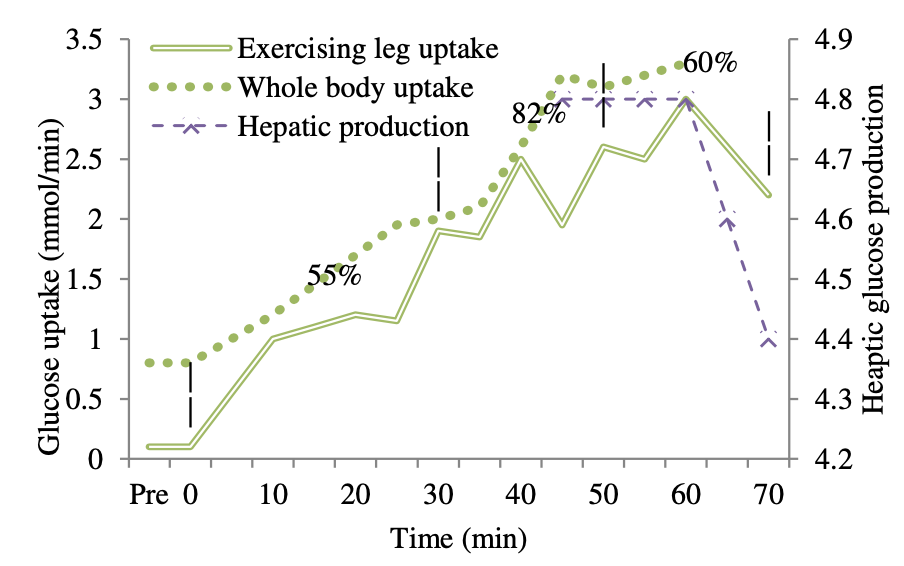REGULATORY MECHANISMS: Endocrine System
Abstract
The human body has three interconnected regulatory systems: the nervous, endocrine, and immune systems. While these three systems are inextricably linked, it is easier to study them one at a time. This activity considers the endocrine system. The purpose of the three regulatory systems is to maintain homeostasis.
A perturbation of homeostasis is detected via a receptor. The receptor transmits its message to an integration center (brain, endocrine organ, cells). The integration center sends out a signal to an effector organ to change something and bring the system back to homeostasis. Some sort of feedback indicates when this has occurred and shuts down response. For example, increased pulmonary ventilation in response to decreased blood pH.
The endocrine system is a system of glands found throughout the head, neck, and torso. Glands secrete hormones; chemical messengers that exert their influence at a site removed from where they were produced and secreted. For example, follicle stimulating hormone (FSH) produced in the anterior pituitary, promotes pubertal maturation and causes the growth and maturation of the ova in the ovaries at the beginning of the menstrual cycle.
While many consider the endocrine system to be the long, slow control system, it can also react very quickly to stimuli and plays a significant role in the response and adaptation to physical activity.

Downloads
Published
How to Cite
Issue
Section
License
Copyright of this work and the permissions granted to users of the PAC are defined in the PAC Activity User License.

